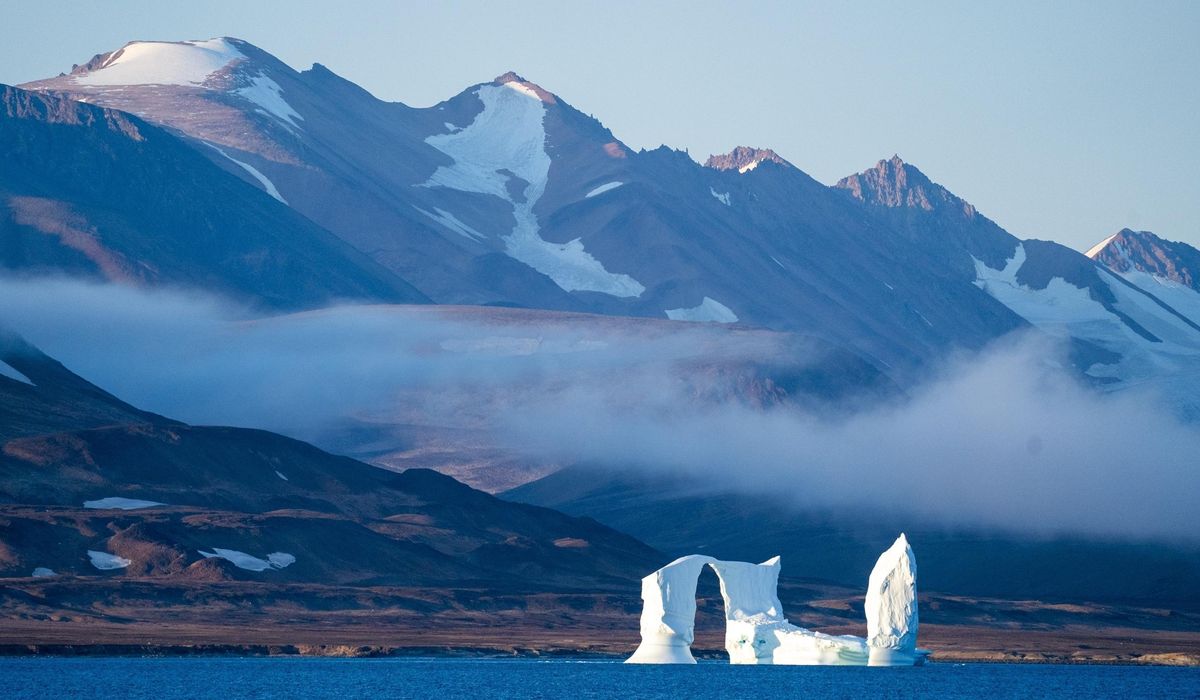


OPINION:
The media and the intelligentsia are laughing at President Trump’s idea of the United States acquiring Greenland from Denmark. At first hearing of what seemed to be an outlandish idea, I guffawed, too.
Mr. Trump argues that Greenland is of strategic military and national security value to the U.S. He’s also betting that this giant island has other rare and undiscovered assets. There is no question that it would serve as a strategic buffer between the U.S. and Russia or perhaps other hostile nations, including China.
This would be a purchase, not a conquest. But does it make sense? Let’s turn back the clock.
Anyone who attended their United States history class in high school heard of Seward’s folly. This was the American acquisition of Alaska in 1867 by Secretary of State William Seward in 1867. The price tag was $7 million. That would be the equivalent of less than $1 billion today — or less than what Washington spends daily. Alaska is twice the size of Texas, so Russia practically gave it away to us.
The purchase of Alaska was widely criticized as an “icebox” that was viewed as uninhabitable and more suitable for polar bears than people.
How wrong the skeptics were. Around 1900, Alaska was discovered to have vast quantities of gold in the Yukon, which played a strategic role during World War II. Then, of course, the North Slope of Alaska and other massive tracts of land were discovered to have massive oil and gas deposits worth hundreds of billions of dollars.
No doubt, Russian President Vladimir Putin would love today to have Alaska in his portfolio.
Thank God for William Seward.
The idea of purchasing land to expand freedom and America’s manifest destiny predates the purchase of Alaska. Manhattan was bought from the Indians for a song.
For the first 100 years of our country, we acquired land only to expand America’s reach. Most famously, Thomas Jefferson’s Louisiana Purchase roughly doubled America’s land area from the original 13 Colonies. That purchase was also criticized as a “land grab,” but it was the gateway to the development of the West.
Florida came shortly thereafter — a virtual gift from Spain for less than $80 million. That’s less than one big mansion in Palm Beach these days. The “Republic of Texas” was an independent territory that joined the U.S. voluntarily, and we gladly and wisely brought the Lone Star state into the fold.
Needless to say, none of these acquisitions or additions was “folly.”
This brings us back to Greenland. Why does Denmark need it? It’s hard to imagine anything that would add more income, wealth and security to the less than 100,000 people living there than planting the American flag there and making it a U.S. territory. The residents of Greenland would be able to bequeath to their children one of the greatest assets on the planet: U.S. passports.
While we are on the topic of acquisitions, if Mr. Trump is thinking big, he should also consider offering Mexico to buy a 50- to 100-mile stretch of coastal land from San Diego down the Pacific coast. If Mexico were to sell that land to us, this idyllic beachfront property might instantly become some of the most valuable land in the world, inflating in price by perhaps ten- to twentyfold if it were an American territory.
Here’s another thought experiment. Imagine how rich Cuba would be today if it were an American territory. Cuba could and would be the Hong Kong of the Western Hemisphere if it detoured from its nearly seven-decade-long excursion into communism.
Mr. Trump is not an imperialist. He wants to spread freedom, prosperity and peace to much of the world. The old joke about Greenland is that it’s neither green nor land. It’s a vast sheet of floating ice. Plant the American flag on that ice, and suddenly, it becomes a hot property.
• Stephen Moore is a senior fellow at The Heritage Foundation and a co-founder of Unleash Prosperity. His latest book is “The Trump Economic Miracle.”
